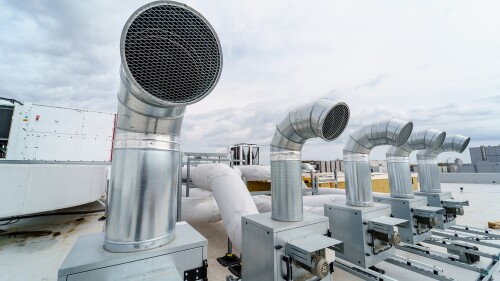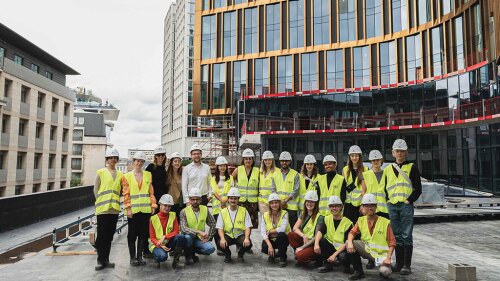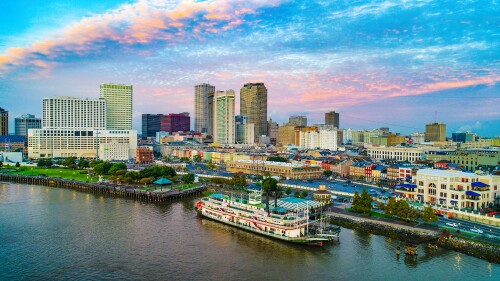Topics
Capital Markets and Finance
Dedicated fund structured as a low-interest revolving loan facility
The Opportunity Zone program, a national model to spur private investment of housing in underserved areas, has been extended by Congress beyond 2026, marking a significant opportunity for real estate professionals. This innovative initiative not only helps rebuild communities but is a win-win for residents, property developers, and investors. The program’s success in transforming economically distressed areas has proven its value, making it crucial for industry leaders to continue supporting it.
Oracle’s stock recently surged 36 percent in a single day after the announcement of a new deal with OpenAI—a spike that generated an extra $244 billion in market cap for the company. The move fueled increased speculation about a potential AI bubble brewing. Such high-flying stock prices recall the dot-com bubble, when the NASDAQ stock index lost more than 70 percent of its value, dropping from a high of 5,048 in March 2000 to a low of 1,139 in October 2002.
Design & Planning
Designed by noted architects Philip Johnson and John Burgee and constructed in 1984, 550 Madison Avenue has a curved roof pediment that reminded enough people of Chippendale furniture to earn the nickname “the Chippendale Building.” Globally recognized as an influential postmodern masterpiece, it once served as headquarters for AT&T and later Sony, then became the youngest edifice to be designated a New York City landmark. The Olayan Group purchased it in 2016 to rework the single-tenant tower into a multi-tenant, mixed-use office building that prioritizes occupant wellness and environmental sustainability.
In a historically redlined neighborhood of Minneapolis, a former industrial warehouse has become a supportive, low-barrier sanctuary for the unsheltered. Up to 200 residents can live at Avivo Village, each in their own private sleeping unit. Single-occupant shower rooms, nongendered restrooms, and communal kitchenettes and coffee areas are all ADA-compliant.
Ten built environment projects from eight countries across the EMEA region have been announced as the finalists in the sixth annual ULI Europe Awards for Excellence, which recognize exemplary projects and programs in the private, public, and non-profit sectors. This year’s finalists comprise cutting edge refurbishment, restoration and new build projects, and include residential, healthcare, mixed use, education, community, laboratory, and office projects from Italy, Germany, the UK, Belgium, Sweden, Denmark, France, and Spain.
Development and Construction
An estimated 29 million people struggle to afford quality health care in the United States, with 11 percent of adults considered “cost desperate” and underserved in supply-constrained environments. To expand access and expedite health care to these communities, providers are converting vacant properties into much-needed outpatient facilities, tracking toward an estimated 10.6 percent growth rate over the next five years. Innovative design and construction ingenuity bring these projects to life by delivering increased solutions that address the unique needs of each community. Such is the case with SAC Health Brier Campus, a former banking call center that was recently transformed into a “healing oasis” in San Bernardino, California.
A waterfront site across McCovey Cove from San Francisco’s Oracle Park had long served as a parking lot for Giants baseball fans—but little more. Today, the property is home to Mission Rock, an ambitious mixed-use development undertaken in a public-private partnership between the Giants, the Port of San Francisco, and global real estate development company Tishman Speyer. Attendees of the 2025 ULI Fall Meeting will have the opportunity to tour Mission Rock and learn how an unusually collaborative approach to development has created a neighborhood that goes beyond serving sports fans.
The OAK project began in 2009, when a development firm set their sights on the corner of Northwest Expressway and North Pennsylvania Avenue, the state’s most important and busiest retail intersection. As the region’s only parcel capable of supporting a vertically integrated project of this scale and density, that land represented an opportunity to create something truly special.
Resilience and Sustainability
The real estate industry has typically addressed carbon emissions with strategies such as greater energy efficiency, low-carbon materials, and tenant engagement and cooperation. Now add an even more critical component to the equation—refrigerant emissions. Any property using HVAC (and nearly all do) should be looking at the building’s refrigerants as the next big compliance and cost risk. Leaks, fines, and refrigerant phase-outs are already impacting asset portfolios.
How a two-week Fellowship by the Holcim Foundation and ETH Zurich turned the EU’s “Renovation Wave” into a practical playbook for policy, finance, and culture.
Given the pressing challenges facing real estate globally on advancing building decarbonization, ULI is honored to announce the eight District and National Councils selected to participate in the fifth Net Zero Imperative (NZI) Cohort, joining nearly 30 global communities that have engaged with the program to date. NZI is a multiyear initiative to accelerate decarbonization in the built environment and is a significant aspect of ULI’s work to advance its net zero mission priority.
Issues and Trends
The evolution of community efforts to improve access to housing reveals that successful projects often hinge on fostering strong local partnerships that can provide essential supports and services.
The only thing we can be certain of regarding the transition to battery electric vehicles (BEVs) is that, although that transition is inevitable, we have no reliable way of predicting how it will unfold. From politics and incentives to a Moore’s Law–like evolution in battery efficiency and charging speed, to fire safety improvements being designed into these vehicles, disruption remains the one constant. What does this likelihood mean for the intelligent future-proofer?
Formerly at U.S. Department of Energy, Witteman discusses her mission to integrate sustainability and affordability in commercial real estate, revealing how ULI is leading the charge for decarbonized communities.



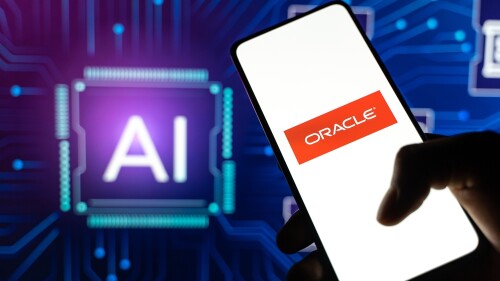


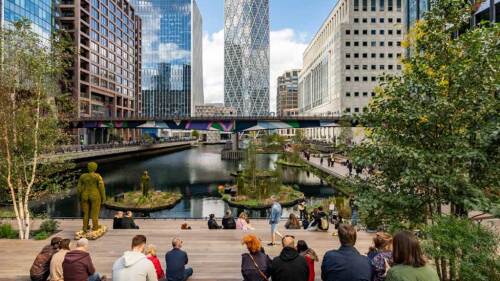
![20250517 PW - SAC Health - 02 web[1].jpg](https://cdn-ul.uli.org/dims4/default/43570aa/2147483647/strip/true/crop/2500x1405+0+130/resize/500x281!/quality/90/?url=https%3A%2F%2Fk2-prod-uli.s3.us-east-1.amazonaws.com%2Fbrightspot%2F07%2F06%2F6a84cb3148b78f5e1c660a2877a9%2F20250517-pw-sac-health-02-web1.jpg)


